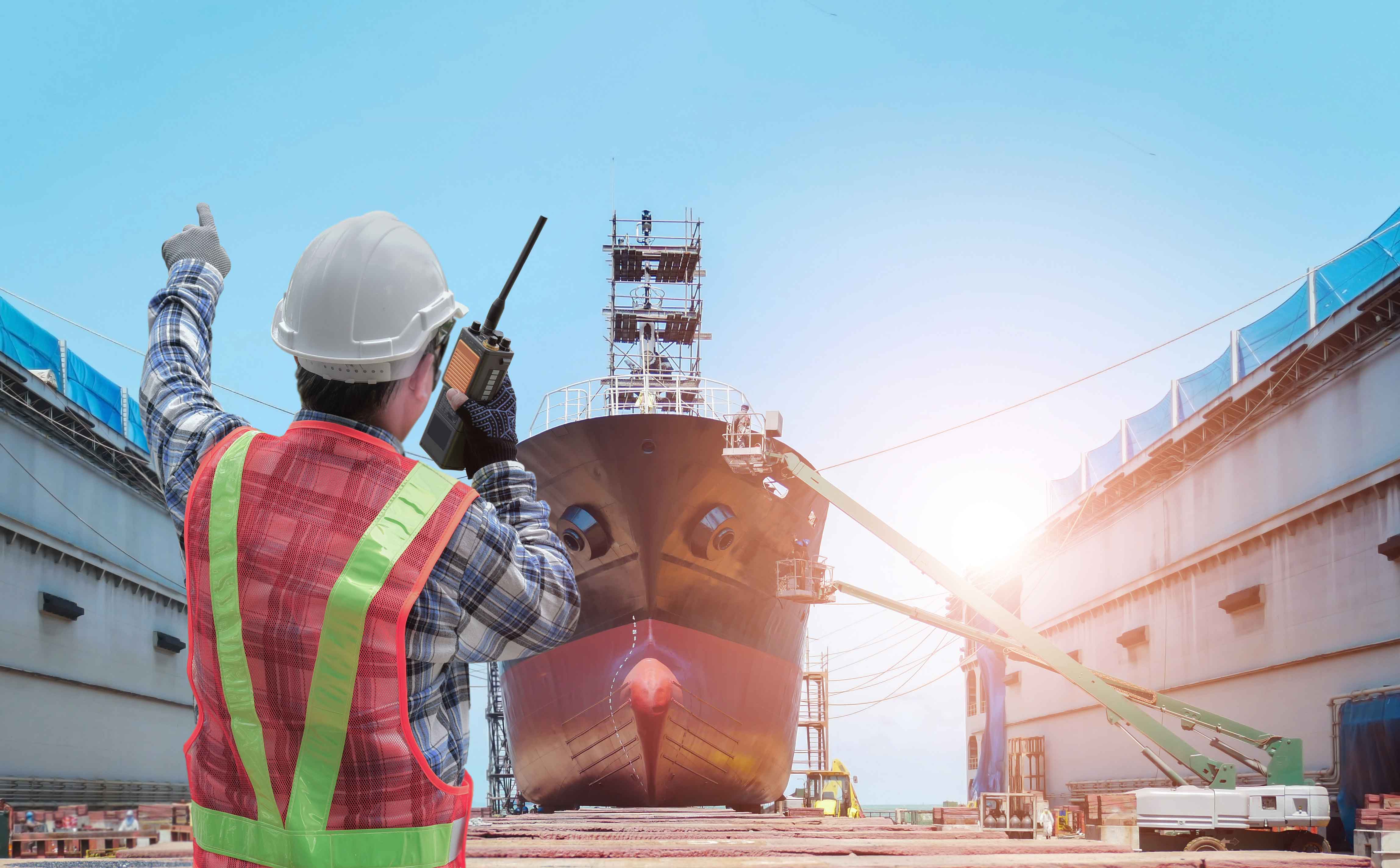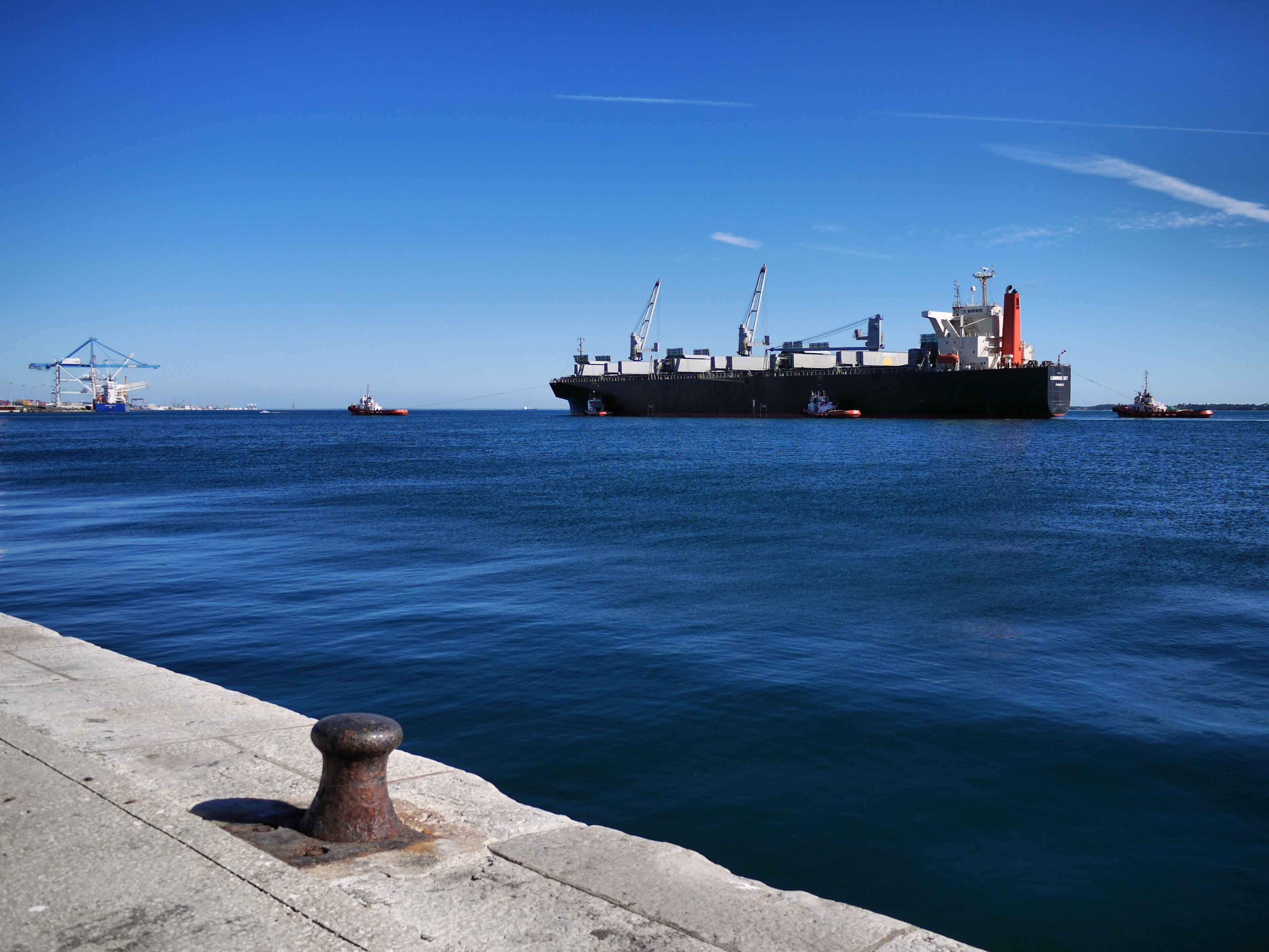
Our services extend beyond planning, design, and construction of coastal, port, and marine structures projects. We can help operations, maintenance and asset management teams manage risks, ensure regulatory compliance, and lower the lifecycle costs of marine infrastructure. Read on below to find out more.
![]()
CONDITION ASSESSMENT OF EXISTING MARINE ASSETS
The inspection and condition assessment of existing marine assets is an essential part of asset management for public and private infrastructure owners.
ExploreCONDITION ASSESSMENT OF EXISTING MARINE ASSETS
The inspection and condition assessment of existing marine assets is an essential part of asset management for public and private infrastructure owners. Our range of services in this area include:
DAMAGE ASSESSMENT AND REPAIR OF MARINE STRUCTURES
Paaras Marine Solutions works with owners, insurance representatives and property managers to assess damaged marine structures and design repair solutions.
ExploreDAMAGE ASSESSMENT AND REPAIR OF MARINE STRUCTURES
Paaras Marine Solutions works with owners, insurance representatives and property managers to assess damaged marine structures and design repair solutions. Our range of services in this area include:
MOORING ASSESSMENT
The progressive increase in ship dimensions, introduction of stringent regulations and exposure to more offshore environmental conditions have highlighted the importance of mooring analysis. Paaras Marine Solutions has continually expanded and developed its competence in this area, integrating its theoretical and engineering expertise, knowledge of mooring analysis software and practical experience working on jetties, wharves, piers, ships, and floating structures.
ExploreMOORING ASSESSMENT
We have extensive, proven track record of carrying out complex mooring analyses (static, quasi-static and dynamic) for various mooring configurations, different vessel sizes and different scenarios, including spread mooring systems, conventional buoy mooring systems, single point mooring systems, turret mooring systems, ship-to-ship mooring systems, etc. We help our clients understand the behaviour of moored ships and floating structures at all stages of operation. Some of our key services include:
MOORING MANAGEMENT PLANS AND OTHER BOOKLETS
Regulations require ships to carry all necessary documentation and ship staff to be familiar with the requirements for operational readiness. At Paaras Marine Solutions, we assist ship owners and managers in preparing ship-specific, customised manuals that meet the latest rules and regulations.
ExploreMOORING MANAGEMENT PLANS AND OTHER BOOKLETS
Mooring System & Line Management Plan
In line with the requirements of the latest OCIMF Mooring Equipment Guidelines (MEG4, Fourth Edition 2018), all ships need to be equipped with a Mooring System Management Plan and a Line Management Plan. The scope of the manual is to assist operators in ensuring that the mooring system is inspected, operated, and maintained in accordance with the original design basis. The manual contains information that can be available to anyone onboard who needs to review it. The manual is developed in line with OCIMF/IMO Guidelines and standard marine practice.
Ship-to-Ship (STS) Transfer Manual
MARPOL Annex 1 requires that oil tankers of 150 GT and above that are engaged in STS operations carry an STS Transfer Manual. The scope of this plan is to provide guidance on the steps to carry out STS operations. The plan is developed in line with IMO Legislation, and must be approved by the Administration or a Recognised Organisation on behalf of the Administration.
Revised Stability Booklet Calculation
After every major vessel modification, it is generally necessary to update the vessel’s stability documentation. A stability test may be necessary if the lightship weight or longitudinal centre of gravity deviate from previously approved values by more than 2% and 1% respectively. The stability test is followed by a new stability analysis and preparation of an updated Trim and Stability Booklet.
Ballast Water Management Plan
All ships carrying ballast water should carry a Ballast Water Management Plan, as may be required by states whose ports the ship visits and/or required by relevant Class Rules (based on Class Notation). The purpose of this plan is to provide guidance on ballast water management methods. The plan is developed in line with BWM Convention Guidelines and other national and international requirements. The plan must be approved by a Classification Society.
Ship Energy Efficiency Management Plan
MARPOL Annex VI requires all ships of 400 GT and above to carry a Ship Energy Efficiency Management Plan (SEEMP). The SEEMP is developed in two parts:
The plan is developed in line with IMO Legislation (MARPOL Reg. 22 & 22A and MEPC 282(70)) and standard marine practice. The Administration will ensure that each ship’s SEEMP complies with Regulation 22.2 of MARPOL Annex VI, prior to collecting any data.
Shipboard Oil Pollution Emergency Plan
MARPOL 73/78 Annex I Regulation 26 (Prevention of Pollution by Oil) requires every oil tanker of 150 GT and above, and every ship of 400 GT and above other than an oil tanker, to carry an approved Shipboard Oil Pollution Emergency Plan (SOPEP). The purpose of the SOPEP is to provide guidance to the Master and Officers onboard the ship regarding the steps to be taken when an oil pollution incident has occurred or is likely to occur. The plan must be prepared in accordance with the "Guidelines for the Development of Shipboard Oil Pollution Emergency Plans", adopted by Resolution MEPC.54(32).
Shipboard Marine Pollution Emergency Plan
MARPOL Annex II Regulation 17 requires every chemical tanker of 150 GT and above to carry an approved Shipboard Marine Pollution Emergency Plan (SMPEP). The purpose of this plan is to give the Master guidance on the action to be taken if a spill of oil or noxious liquid substance has occurred or is likely to occur, whether from routine operations or after a major incident such as a collision, fire or explosion. The plan is based on the guidelines issued by IMO Resolution MEPC.54(32), adopted by the IMO Marine Environment Protection Committee on 6 March 1992, and amended by Resolution MEPC.86(44) on 13 March 2000 and the SMPEP guidelines in Resolution MEPC.85(44) dated 13 March 2000. The plan must be approved by the Administration or a Recognised Organisation on behalf of the Administration.
Emergency Towing Booklet
SOLAS Regulation II-1/3-4 requires that all ships must be equipped with an Emergency Towing Booklet. This booklet provides information on emergency towing arrangements onboard the ship, and practical guidance on the use of these arrangements to tow the ship out of danger in emergencies such as complete mechanical breakdowns, loss of power or loss of steering capability. The booklet must be prepared in accordance with IMO guidelines.
SHIP SURVEYS
Periodic marine surveys improve ship safety and protect seafarers. Marine surveys are carried out to assess, monitor and report the condition of ships, as well as to inspect any damages that may have occurred. Apart from the general condition of ships, marine surveys include condition assessments of ship structure, as well as the machinery and equipment onboard.
ExploreSHIP SURVEYS
At Paaras Marine Solutions, we offer a wide range of services to shipowners, ship managers, charterers, underwriters, and Protection and Indemnity (P&I) clubs. We provide personalised assessment surveys to meet individual client needs, including but not limited to:

for all your marine consultancy needs
along the coastline and beyond. connect with us
